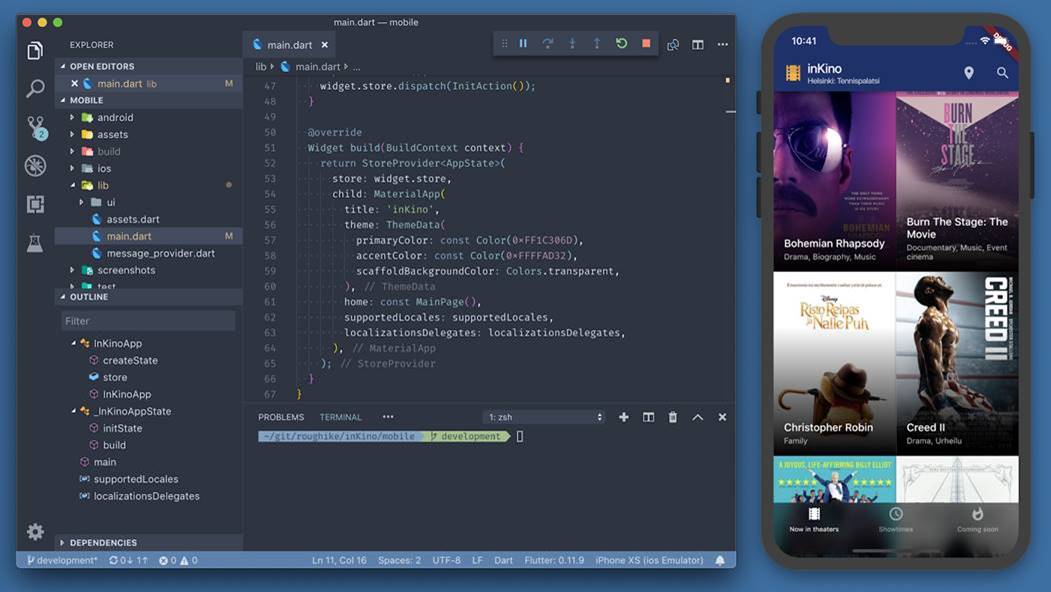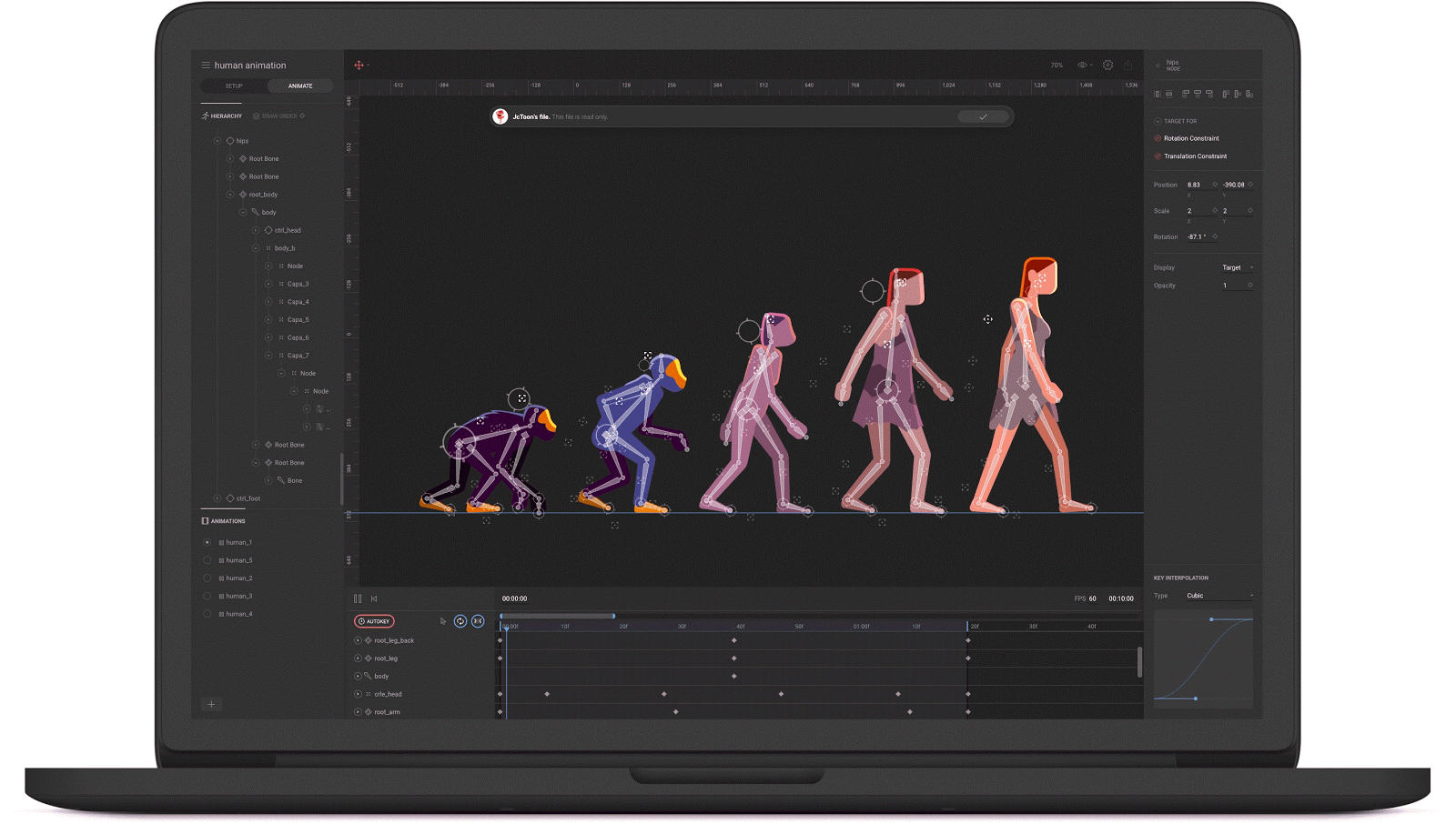Google Flutter 1.0 enables apps to run on both Android and iOS using a single code base
Tech giant's user interface toolkit could cut out repetition in app development


Google has launched a cross-platform user interface (UI) toolkit for creating apps from a single code base, which will allow apps to work for both Android and iOS using the same code.
The tech giant claims it will save developers from either creating the same app multiple times for different platforms or building a limited version of it just to be portable.
It's an open sourced platform powered by the Skia 2D graphics engine that underpins Chrome and Android. Its code is powered by the Dart platform, which enables compliance with native 32-bit and 64-bit ARM code for iOS and Android.
A beta version of Flutter was released at Mobile World Congress 10 months ago and has already been used to build apps currently available on the Apple and Google Play stores. Companies such as Abby Road Studios, Alibaba, JD.com and Capital One have already begun to develop and ship apps with Flutter.
"Our engineers have appreciated the rapid development promise and hot reload capabilities, and over the past year, we have seen tremendous progress in the framework and especially the native integration story," said Michael Jones, senior director of engineering at Capital One.
"Flutter can allow Capital One to think of features not in an 'iOS or Android-first' fashion, but rather in a true mobile-first model. We are excited to see Flutter 1.0 and continue to be impressed with the pace of advancement and the excitement in the engineering community."
Rather than replace the traditional Apple and Android models for app building, Google said Flutter can be embedded into existing apps. From there, developers can control every pixel on the screen, overlaying and animating graphics, video, text and controls without limitation. It includes a full set of widgets that supposedly deliver pixel-perfect experiences on both iOS and Android.
Sign up today and you will receive a free copy of our Future Focus 2025 report - the leading guidance on AI, cybersecurity and other IT challenges as per 700+ senior executives

Graphical capabilities embedded into an existing app - courtesy of Google
Flutter also houses a capability for mobile developers and designers to rebuild on their apps in real time, called "stateful hot reload", which developers can use to make changes to the code of their apps and see the results instantly without restarting or losing its current state.
As an open source project, it includes the contributions of hundreds of developers from around the world and uses the standard Android and iOS build tools. Everything from the underlying operating system is available, including code and the UI written in Kotlin or Java on Android, and Swift or Objective-C on iOS.
Bobby Hellard is ITPro's Reviews Editor and has worked on CloudPro and ChannelPro since 2018. In his time at ITPro, Bobby has covered stories for all the major technology companies, such as Apple, Microsoft, Amazon and Facebook, and regularly attends industry-leading events such as AWS Re:Invent and Google Cloud Next.
Bobby mainly covers hardware reviews, but you will also recognize him as the face of many of our video reviews of laptops and smartphones.
-
 Trump's AI executive order could leave US in a 'regulatory vacuum'
Trump's AI executive order could leave US in a 'regulatory vacuum'News Citing a "patchwork of 50 different regulatory regimes" and "ideological bias", President Trump wants rules to be set at a federal level
-
 TPUs: Google's home advantage
TPUs: Google's home advantageITPro Podcast How does TPU v7 stack up against Nvidia's latest chips – and can Google scale AI using only its own supply?
